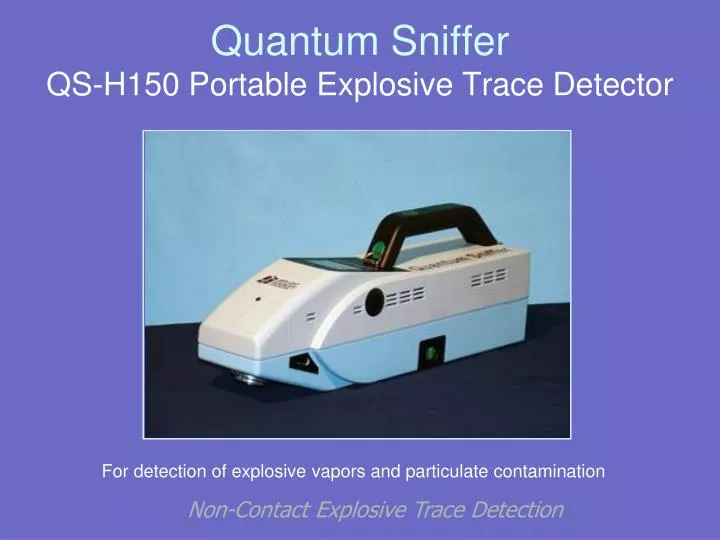

Such a channel can be viewed schematically as a probabilistic relation between two random sources, X for the originator, and Y for the recipient. Quantum Rehab® manufactures consumer-inspired, industry-leading power wheelchairs to increase the medical comfort, daily functionality and quality of life for those with comprehensive mobility needs. The notion of “noisiness” in a classical communication channel was first introduced in Chapter 12, when describing channel entropy. Quantum error correction is widely thought to be the key to fault-tolerant quantum computation. Several examples of quantum channel capacity, derived from direct applications of the HSW theorem, along with the solution of the maximization problem, are provided. For advanced reference, a hint is provided as to the meaning of the still not fully explored concept of quantum coherent information. The resemblance with the channel capacity χ and the Holevo bound, as described in Chapter 21, and with the classical mutual information H( X Y), as described in Chapter 5, are both discussed.
#Quantum error channels online full#
Here, I shall not venture into the complex proof of the HSW theorem but only provide a background illustrating the similarity with its classical counterpart. A quantum channel can recover from arbitrary decoherence of x qubits if K bits of quantum information are encoded using n quantum bits, where K /n can be greater than 1 - 2H(2x/n), but must be less than 1 - 2H(2x/n) This implies exponential reduction of decoherence with only a polynomial increase in the computing resources required. Get full access to Principles of Superconducting Quantum Computers and 60K+ other titles, with free 10-day trial of OReilly. Such a theorem can conceptually be viewed as the elegant quantum counterpart of Shannon's (noisy) channel coding theorem, which was described in Chapter 13. Then the quantum channel capacity χ is defined through the Holevo–Schumacher–Westmoreland (HSW) theorem. The main types of noisy channel reviewed here are the depolarizing, bit-flip, phase-flip, and bit-phase-flip channels. This chapter introduces the notion of noisy quantum channels, and the different types of “quantum noise” that affect qubit messages passed through such channels.


 0 kommentar(er)
0 kommentar(er)
